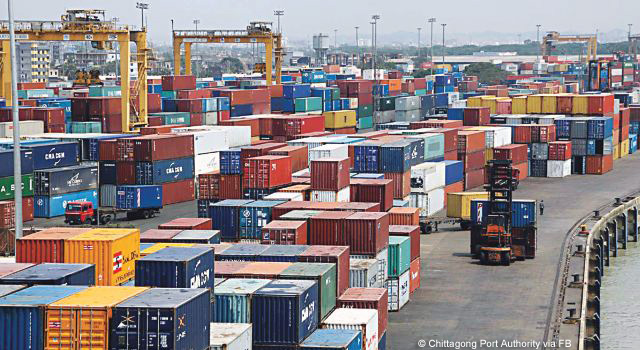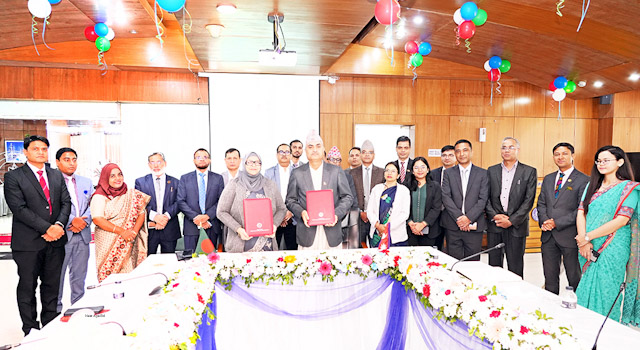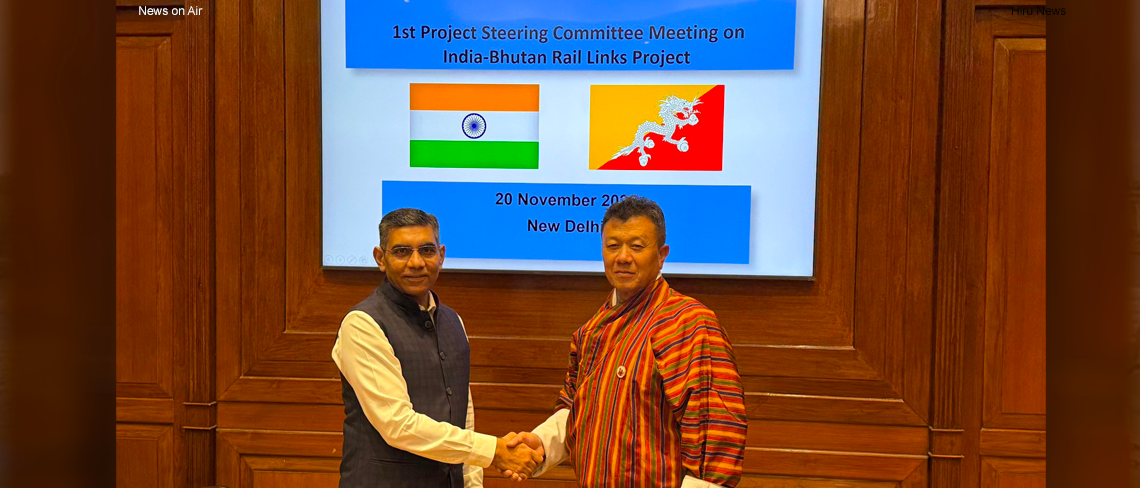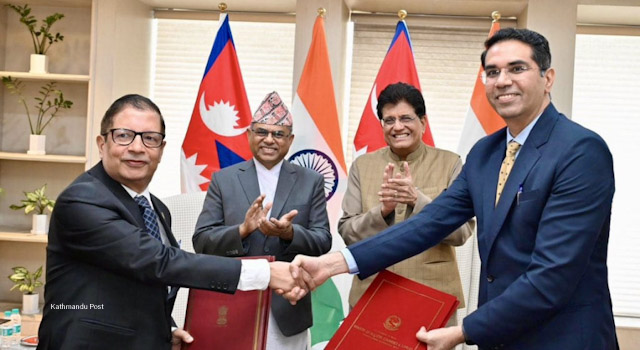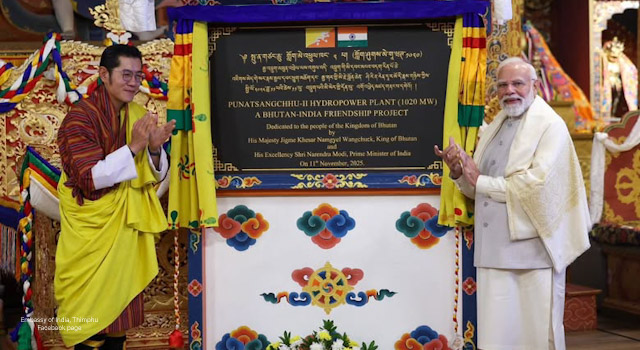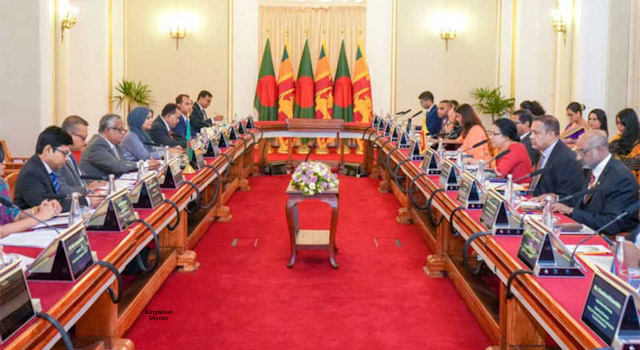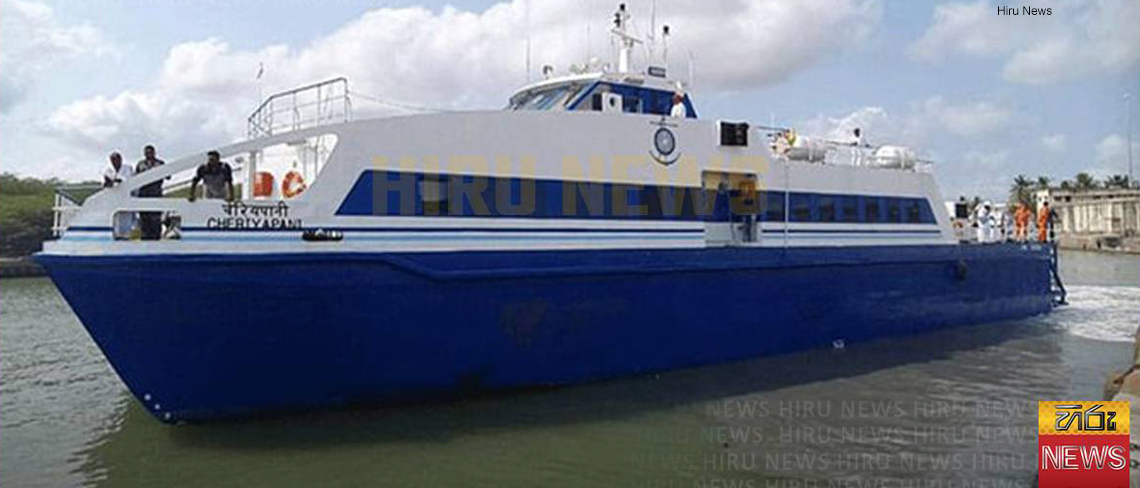
Multimodal Connectivity Is Key to the Future of Bangladesh-India Ties
13 February 2024

Mr. Pranay Verma, Indian High Commissioner to Bangladesh, said the future of Bangladesh-India ties lie in efficient multimodal connectivity, through connectivity via road, rail, inland waterways, and coastal shipping. Mr. Verma added that in addition to physical connectivity, they also intend to develop energy connectivity and digital connectivity. He said developing connectivity between the two countries would present new economic opportunities for both India and Bangladesh and the rest of the South Asian region.
India has been the largest destination for Bangladesh’s exports in the last two years, said Mr. Verma, speaking at the inauguration of the Sultanganj Port of Call in Godagari Upazila, Bangladesh, on 12 February 2024. The launching of the port was the result of a trade agreement between Bangladesh and India under the Protocol on Inland Water Transit and Trade (PIWTT).
"With our contiguous geography and shared history and culture, we are actually reconnecting our two countries," Mr. Verma said. According to studies, said Mr. Verma, improving transport connectivity and trade and transport regulations and infrastructure could increase Bangladesh’s exports to India by almost 300%.
Mr. Verma said that developing multimodal connectivity will improve ease of doing business and ease of living. He said multimodal connectivity is key to increasing economic, cultural, and people-to-people connections between Bangladesh and India. Bangladesh and India are set to begin negotiations for a Comprehensive Economic Partnership Agreement (CEPA), which Mr. Verma said will help both countries harness their growth potential.
Related Link:




